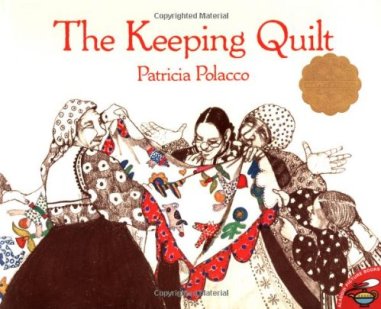When classroom literacy instruction starts to become completely overtaken by that literacy programs, do actual books start to get in the way? After all, reading a book takes more time. Selecting passages from actual books to share with students takes time. Talking about our favorite books (and building the culture that makes us want to) takes time.
And time is what we lack most as teachers!
Plus, when that program has mapped out tasks and “personalized” progress for every day of the school year, it seems our literary expertise starts to take a back seat to that very expensive program.
So what starts happening when programs > books?
Books seem like luxurious “extras” (you can get to your book when you finish the worksheet or level).
Books seem less efficient than the programs (we all know books have value, but if they’re not carefully scaffolding the reading development with every word, are they as valuable during class time?)
Read aloud time starts to disappear (after all, the programs seem to encompass all the literary needs, not to mention time).
Programs are deemed more adept at identifying skills (at least, the skills most easily recognizable/test-able).
Kids talk less about the books they’re reading and more about the levels they’re on (it makes sense since all that time on programs suggests we’re more interested in getting them to the next level than we are about their reading interests).
No matter how appealing and adept a program might seem, we must be careful to seek balance and to protect our students’ love of books. As authors by Antero Garcia and Cindy O’Donnell-Allen write, “To see themselves as readers, students must also have opportunities to make decisions about what they will read.” p. 98, Pose, Wobbble, Flow. Pernille Ripp also writes eloquently on programs like Accelerated Reader & selecting literacy programs. Also this:
If you have an expensive computer program to teach reading, but you have no classroom libraries, school libraries or a certified school librarian, something is seriously wrong with the decision making process
— Pernille Ripp (@pernilleripp) February 28, 2018
If books have started to be relegated to a sideline role in our classrooms, it’s time to ask ourselves how we can bring them back into our reading instruction in meaningful ways.
featured image: DeathToTheStockPhoto



















